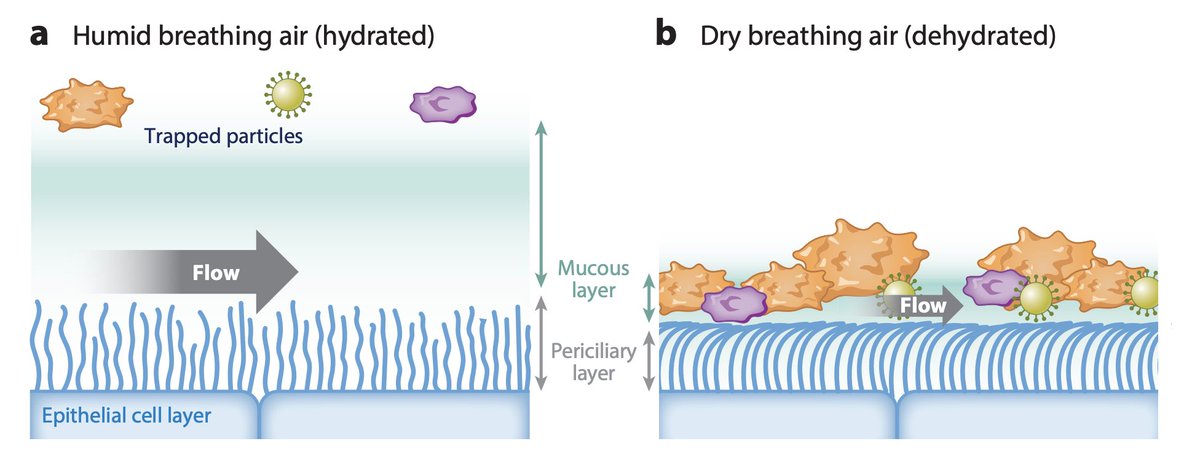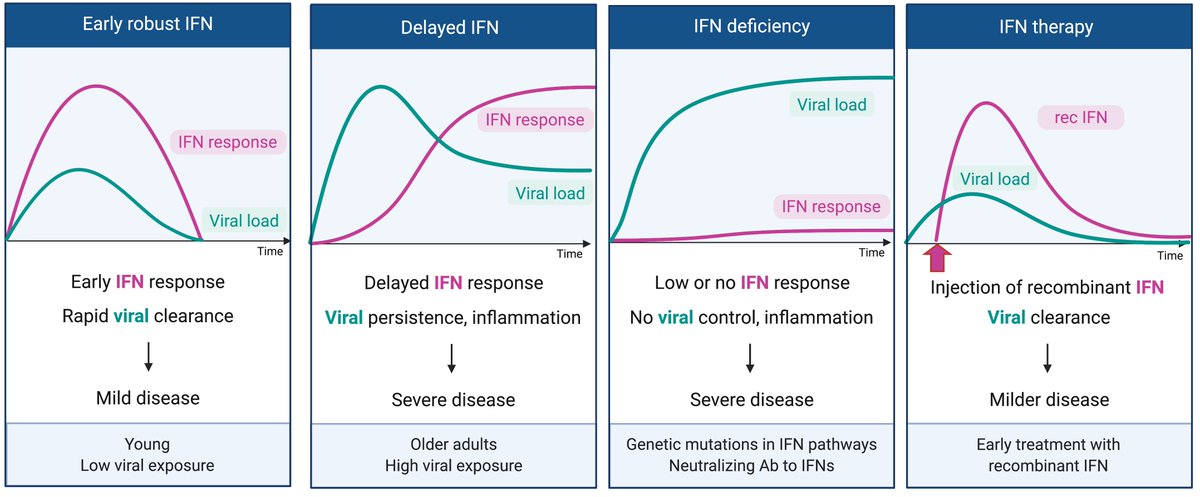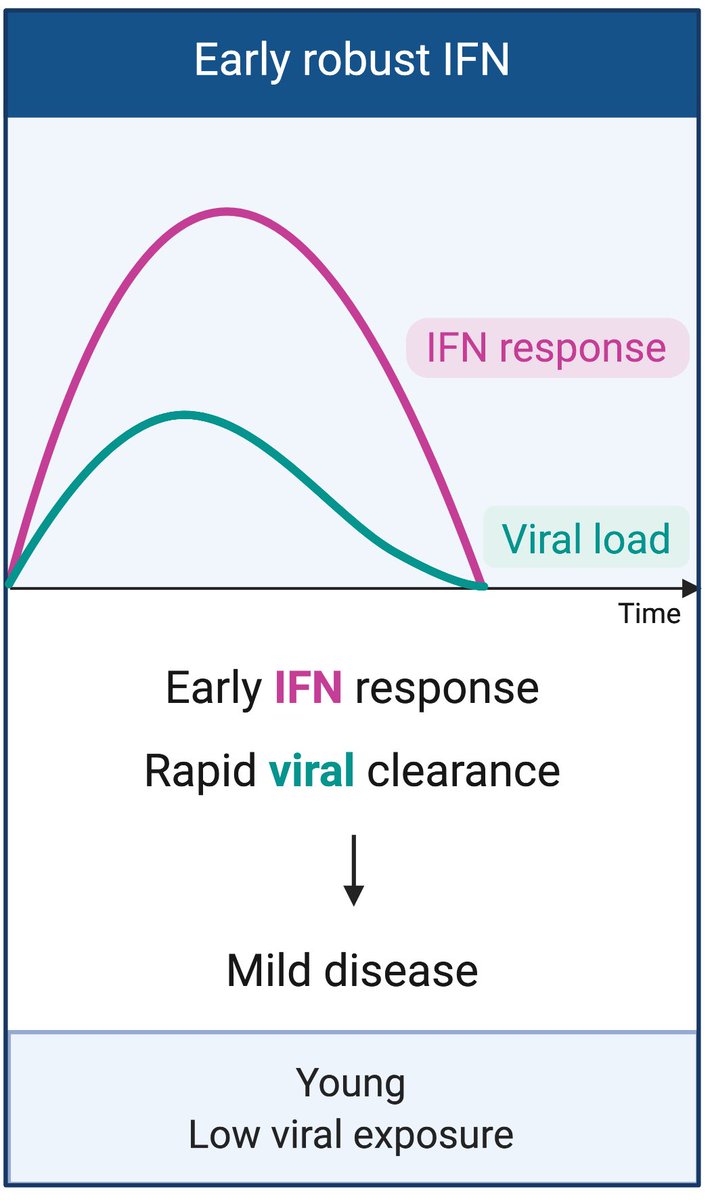
Do some people have cross-reactive antibodies to #SARSCoV2? If so, who are they? And are these cross-reactive Abs protective against #COVID19? A fascinating study by @KevinWNg et al provides answers. Thread. (1/n)
science.sciencemag.org/content/early/…
science.sciencemag.org/content/early/…
Do some people have cross-reactive antibodies? The answer is yes. SARS-CoV-2 Spike-reactive IgG was detected in 5 of 34 SARS-CoV-2-uninfected individuals with RT-qPCR-confirmed HCoV infection, as well as in 1 of 31 individuals without recent HCoV infection. (2/n) 

Who has cross-reactive anti-spike antibodies? Mostly children and adolescents. The prevalence of SARS-CoV-2 S-reactive IgG antibodies peaked at 62% between 6 and 16 years of age. This age group is also the one in which antibodies to seasonal coronaviruses peak.(3/n) 

Do these cross-reactive antibodies protect against #COVID19? Likely. The majority of sera from donors with cross-reactive antibodies neutralized authentic SARS-CoV-2 infection of Vero E6 cells, albeit on average less potently than COVID-19 patient sera. (4/n) 

A large portion of SARS-CoV-2-uninfected children and adolescents had cross-reactive IgG to the #SARSCoV2. These antibodies bound to the conserved region of the spike called S2, which is shared between SARS-CoV-2 and seasonal coronaviruses. (5/n) 

What does this study mean? Some people carry antibodies to #SARSCoV2 prior to exposure. These are mainly children and adolescents. These antibodies are likely induced by the seasonal coronavirus infection, and may provide protection against #COVID19. (6/n)
More research is needed to understand how such cross-reactive antibodies shape the #COVID disease & transmission. Are they always protective? Can some of these Abs make disease worse? Can cross-reactive antibodies also explain why some countries have such low #COVID cases? (7/n)
Finally, kudos to @KevinWNg and team for this fantastic work! This study provides answers to many long standing questions and further shapes the way we think about #COVID19 susceptibility. (End)
• • •
Missing some Tweet in this thread? You can try to
force a refresh












